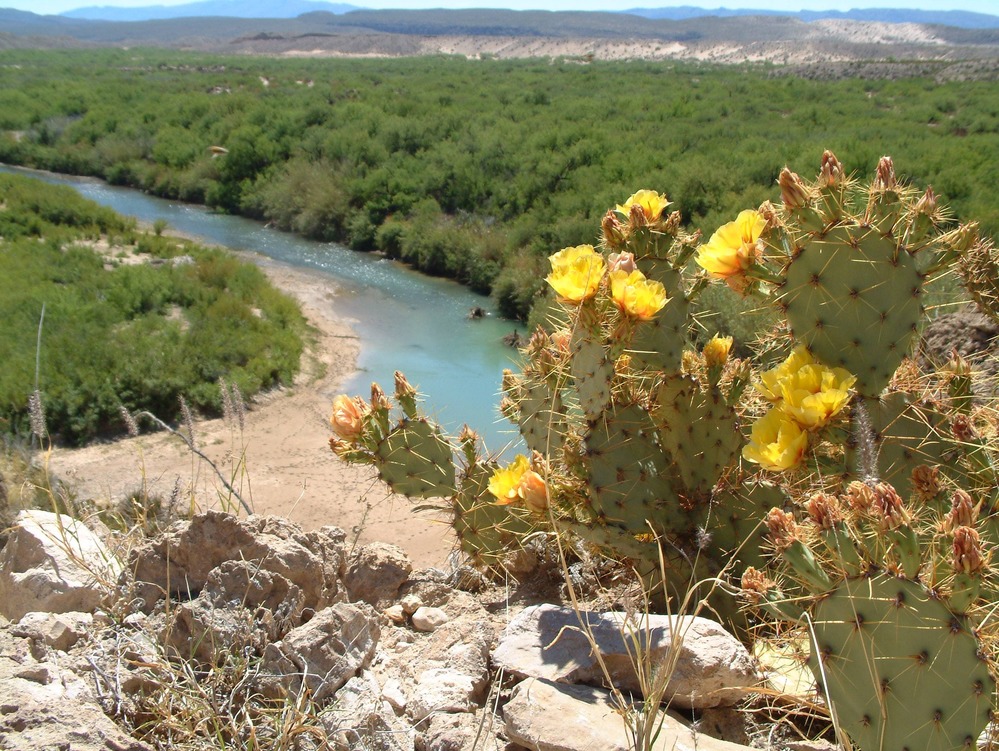Biochemical Changes Affecting the Sustainability of Ecologicaly Significant Areas of the Chihuahuan Desert Ecosystems
By Norton Siano Ribeiro de Freitas
Hyperspectral imaging, and ultrafast high resolution laser-based infrared absorption spectroscopy are proposed for measuring the impact of various gases (including greenhouse gases, trace gases) and aerosols on biodiversity in the Chihuahuan Desert ecosystems and on the surrounding agricultural regions. The geographic focus of this study is the Big Bend National Park (BBNP) located in Southwest Texas. BBNP has a land area of 801,000 acres including 533,900 acres of wilderness in the greater reach of the Rio Grande consisting of a mosaic of ecosystems embracing the Chihuauhuan Desert shrubland and grassland, the Chisos Mountains as well as riparian and wetland areas that line the Rio Grande.

Air pollution in the area is seasonal and known as the Big Bend 'Haze'. Oil drilling is likely to release more pollutants. Despite BBNP greatest diversity (in part because it is Texas and in part because of the large changes in elevation), containing over 1,300 species of vascular plants, the future of this region remains unknown due to the alterations that are currently taking place: Montane forests, - which are physically separated from other similar ecosystems -, are declining; Gallery forests on Rio Grande tributaries have dramatically changed, and nonnative grasses are spreading throughout floodplains and rocky canyons. Plant species maintain the gaseous composition of the atmosphere stable and detoxify absorbed pollutants. With biodiversity reduction, the benefit of these ecosystem services is compromised due to an increase in gas concentrations, impacting the ecological integrity of thousands of acres in BBNP, changing the system.
In this regard, the convergence of desert, mountain, and river ecosystems in BBNP provides an opportunity to take hyperspectral images in the mid IR, where the strong fundamental bands of molecules have large absorption and reflection cross sections, to help identify, quantify and model the response of vegetation to gas concentrations dose-response relationships, as Methane (CH4), Carbon dioxide(CO2), Sulphur dioxide (SO2), Nitrogen dioxide (NO2) and other trace gases of relevance are transported long distances in the atmosphere across different elevations.